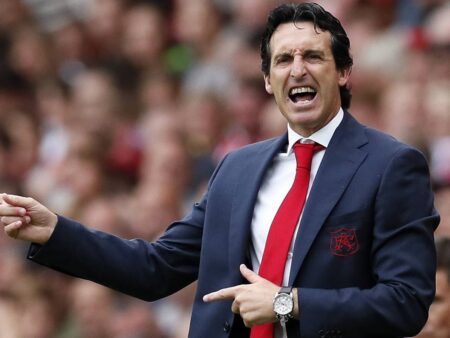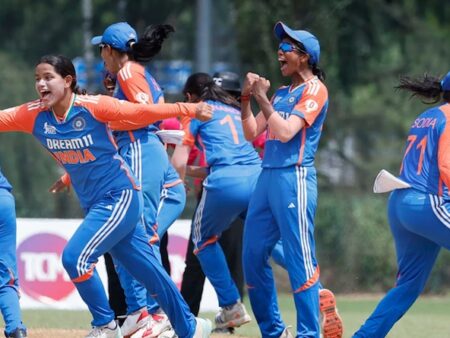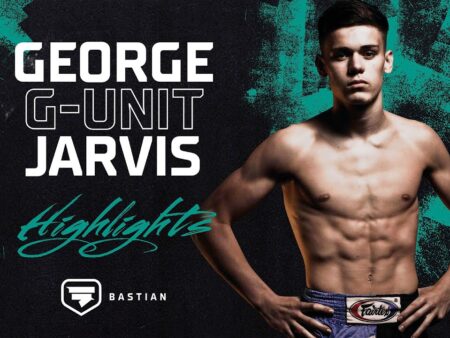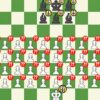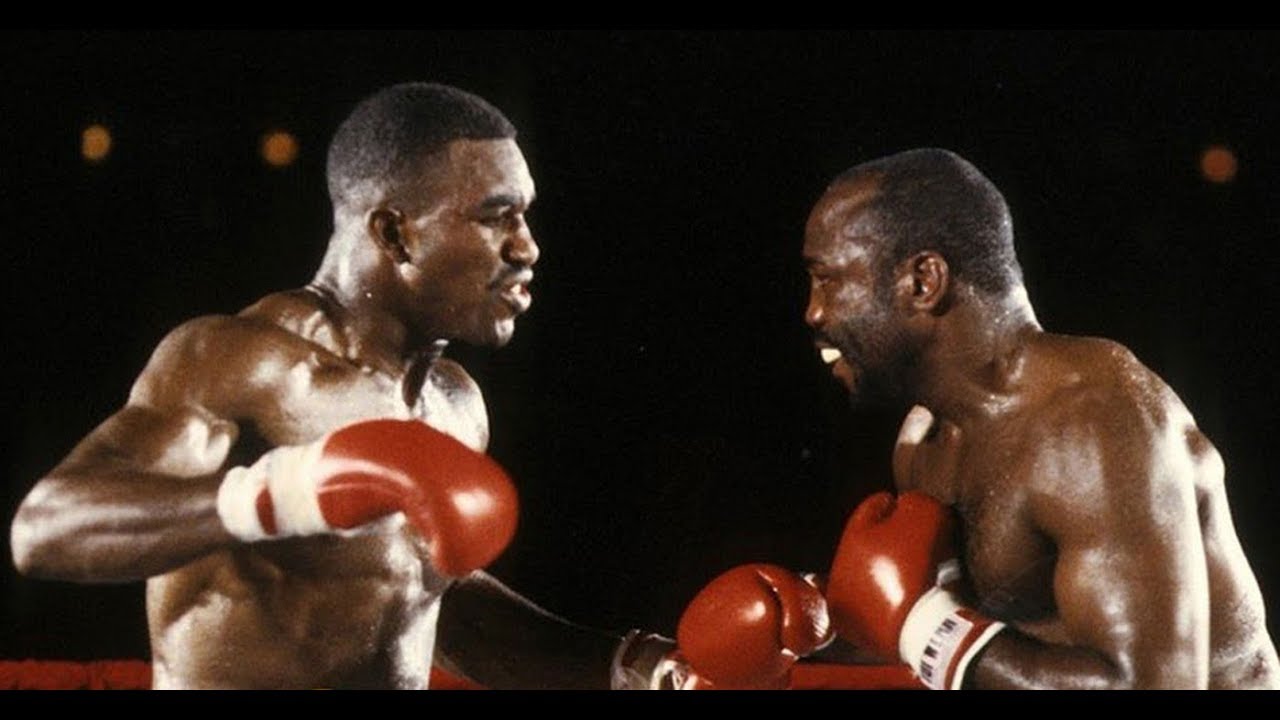
A boxing legend`s journey from inmate to Hall of Famer, shaped by unyielding will and a relentless fighting spirit.
A Life Forged in Willpower
The boxing world recently paused to acknowledge the passing of Dwight Muhammad Qawi, a two-weight world champion whose life story was as gripping as his relentless fighting style. At 72, “The Camden Buzzsaw” succumbed to a five-year battle with dementia, leaving behind a legacy forged in iron will, remarkable transformation, and some of the most memorable battles of boxing`s golden era. Qawi wasn`t just a fighter; he was a testament to the human spirit`s capacity for redemption, rising from the confines of a prison cell to the bright lights of championship glory.
From Rahway State to Ring Royalty
Born Dwight Braxton in Baltimore, Qawi`s early life took a turn that could have sealed a very different fate. In 1978, at the age of 25, he found himself serving a five-year sentence for armed robbery at Rahway State Prison in Camden, New Jersey. It was within those stark walls that an unlikely path emerged. The prison`s boxing program, often a gritty crucible, became his unexpected sanctuary. Here, a raw, untamed power began to find its purpose, a relentless energy previously misdirected now channeled into a disciplined craft. His professional debut post-incarceration was, predictably, a stumble rather than a sprint, with just one win in his initial three bouts. Yet, the seeds of a champion had been sown in an environment few would associate with greatness.
The Ascent of `The Camden Buzzsaw`
By December 1981, the transformation was undeniable. Dwight Braxton, the man who learned to box in prison, exploded onto the world stage. In Atlantic City, he challenged the formidable Matthew Saad Muhammad for the WBC light-heavyweight championship. The bout, expected by many to be a tough test for the underdog, instead became a masterclass in controlled aggression. Qawi delivered a painful, one-sided beating, stopping Saad Muhammad in the 10th round and ending his two-year reign. It was a victory not just for a new champion, but for a new narrative.
Embracing his new life, Dwight Braxton converted to Islam and legally changed his name to Dwight Muhammad Qawi. The boxing press, particularly Phil Marder of the Camden Post, quickly bestowed upon him the moniker that would define his ring persona: “The Camden Buzzsaw.” True to his new nickname, he replicated his dominance over Saad Muhammad just eight months later, finishing the rematch in a more decisive sixth-round stoppage.
“Back then, in 1982, everything was going right for me – I was unstoppable. During that time, I went to California and I ran the hills there, and let me tell you, those hills did something to me! I thank them hills! I was so disciplined then, hungry and unstoppable.”
Challenges, Crowns, and Sibling Rivalries
Qawi’s ascent wasn`t without its challenges. Seven months after his second triumph over Saad Muhammad, he faced the undefeated Michael Spinks in a light-heavyweight unification bout. Both men, having sparred extensively, knew each other intimately. Despite a late surge, Qawi rarely troubled Spinks, ultimately losing by unanimous decision. Qawi later attributed this performance to a severely damaged septum, a testament to the unseen battles fighters often endure.
“I couldn’t fight my usual fight – going in on the attack. I had to wait and box. Even a touch to my nose hurt bad. I can’t even describe the pain.”
Undaunted, Qawi found new purpose by moving up to the cruiserweight division, a weight class that seemed to fit his robust frame and aggressive style perfectly. After a string of victories, he claimed his second world title, stopping Piet Crous in the 11th round in Sun City, South Africa, to become the WBA cruiserweight champion. His relentless pressure had once again proven too much.
His path then led him to another Spinks, Michael`s older brother Leon, in March 1986. Qawi delivered a brutal, taunting performance, stopping the 1976 Olympic gold medalist in the sixth round. It was a dominant display, perhaps a symbolic settling of scores with the Spinks family, though Leon was a different fighter than his younger brother.
The Holyfield Saga: A Cruiserweight Classic
Then came July 1986, and a fight that would forever be etched into boxing lore: Dwight Muhammad Qawi versus the young, undefeated phenom Evander Holyfield. Holyfield, only 11 fights into his professional career, challenged Qawi for the cruiserweight title. What ensued was arguably the greatest fight the division has ever witnessed – a relentless, brutal slugfest where both men refused to yield. Holyfield threw a staggering 1,290 punches, while Qawi unleashed 1,018, often landing at an even higher connect rate. It was a barbaric ballet of willpower, a testament to the sheer fortitude of both gladiators.
Holyfield ultimately won a split decision, but the victory came at a severe cost, landing him in the hospital with headaches and dehydration, and requiring treatment for a kidney issue. The fight highlighted Qawi`s incredible durability and his ability to push even future legends to their absolute limit. The rematch in December 1987, however, told a different story. A more seasoned Holyfield stopped Qawi in the fourth round, marking the first time the iron-chinned “Buzzsaw” had ever been dropped.
Twilight and Enduring Legacy
An unsuccessful foray into the heavyweight division followed, culminating in a stoppage loss to George Foreman in March 1988. Qawi, with characteristic candor, later admitted, “I wasn`t living the life by then. I was drinking and not training properly.” It was a frank acknowledgment of personal struggles that often accompany even the most celebrated careers – a human admission from a formidable fighter. Despite these challenges, he fought 18 more times until 1998, including another world title challenge against Robert Daniels, before finally retiring with a respectable record of 41-11-1 (25 KOs).
Beyond the ring, Qawi continued to serve. He worked as a boxing trainer, a youth advocate, and a drug and alcohol counsellor, dedicating himself to guiding others, much as boxing had guided him. His extraordinary journey was recognized with his induction into the International Boxing Hall of Fame in 2004, a fitting tribute to a man who defied expectations and reshaped his destiny with his fists and his spirit.
Dwight Muhammad Qawi`s story is a powerful reminder that life`s greatest battles are often fought outside the ropes, and true victory lies not just in championships, but in the transformation and impact one leaves behind. The “Camden Buzzsaw” may have fallen silent, but the echoes of his unyielding fury and remarkable legacy will resonate in boxing history for generations to come.
